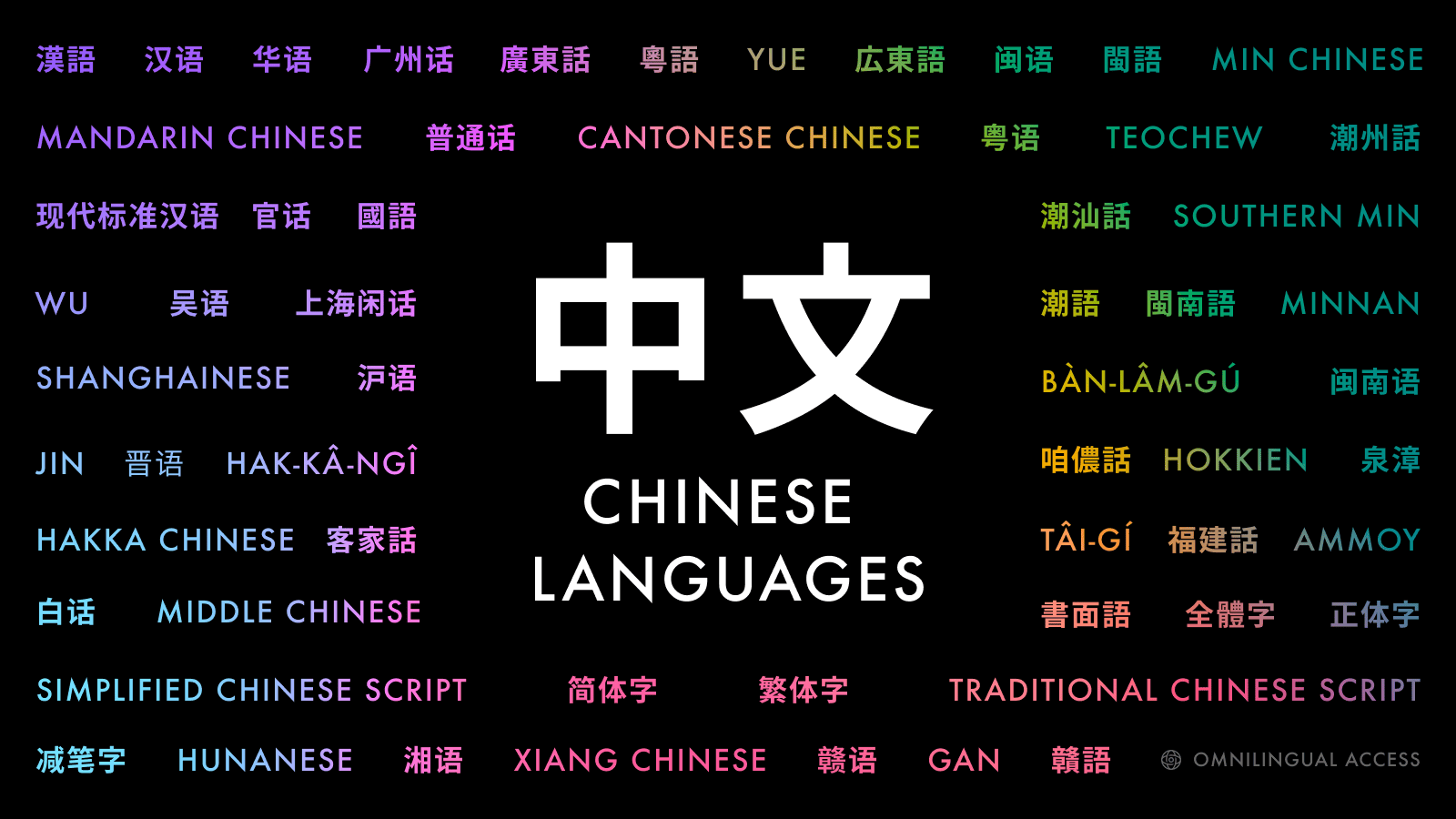Which Chinese languages should I localize into?

Different Chinese languages, variants, and scripts
There are multiple Chinese languages[1]. In China, these languages are often called “dialects” because they are often written with similar Chinese scripts. However, Chinese languages are not mutually intelligible – meaning a speaker of one Chinese language can not understand the speaker of another Chinese language. Chinese languages also often have different grammar, vocabulary, and pronunciation rules.
Major Chinese Languages[2][3] include:
- Cantonese Chinese – aka Yue Chinese
- Hakka Chinese – aka Taiwanese Hakka
- Hokkien – aka Taiwanese. Prestige Language of Min and Southern Min languages.
- Mandarin Chinese – aka Northern Chinese
- Shanghainese – Prestige Wu Chinese Language
- Teochew – Popular Min Language.
- Xiang Chinese – aka Hunanese
Traditional Chinese vs Simplified Chinese vs Other Chinese Language Scripts
Just as Turkish and Malay can be written using either the Arabic or Latin scripts, Chinese languages can also be written using different scripts.
Scripts used to write Chinese languages:
- Traditional Chinese Script – Used often by International Chinese communities, Hong Kong, Macau, and Taiwan.
- Simplified Chinese Script – Used often in Mainland China, Singapore, and Malaysia.
- Latin Script – Used often by Overseas Chinese languages like Hokkien
- Mixed Scripts (Latin & Traditional Chinese)
Note: From a technical point of view, Chinese languages written in the Traditional Chinese Script can often be directly converted to Simplified Chinese Script (as a many-to-one conversion), but not the other way around. Similarly, Chinese languages written in the Traditional Chinese Script can often be directly converted into their local Latin Script but not the other way around as these are often homonym-rich languages.
Which Chinese languages and scripts should I choose?
Most of them. Because it is so easy for content to be available in most Chinese languages, international organizations should aim to be available in all Chinese languages and scripts. This is because 76% of people prefer products and services listed in their own mother tongue, including 52% who won’t purchase without it. Remember also that different Chinese languages are not mutually intelligible – so by choosing only one Chinese language and script, you’re locking out significant portions of the Chinese market – which can cause survivorship bias in your visitor numbers.
Omnilingual Access makes it incredibly easy to instantly translate into most Chinese languages and scripts, and is constantly adding more Chinese languages and variants as part of its mission to enable organizations to truly reach every language market.
After multiple Chinese language markets are enabled via machine translation, you’ll gain insights into which Chinese language markets are more valuable to you – potentially warranting professional human translations.
Depending on your specific products, you may find that these insights reveal value in focusing on the following languages and scripts:
| Target Audience | Languages | Scripts |
|---|---|---|
| Global products targeting International Chinese communities | Cantonese, Mandarin | Traditional Chinese, and secondarily Simplified Chinese scripts |
| Products tailored to Mainland China | Mandarin, Shanghainese | Simplified Chinese script |
| Products tailored to Taiwan | Mandarin, Hokkien | Traditional Chinese script |
| Products targeting Southeast Asia | Cantonese, Hokkien | Multiple Scripts |
Instantly unlock multiple Chinese language markets and start gaining insights today by adding the Omnilingual Access language-switcher widget to your website.
1 Since this article is written in English, the term “language” is used instead of “dialect”, to describe these mutually unintelligible spoken languages.
2 This doesn’t even include non-Chinese language communities that are within Mainland China such as Tibeto-Burman, Turkic, and Mongolic languages.
3 Vocabulary and pronunciation varies by region. E.g. Hong Kong Cantonese vs Gwongdung Cantonese, Taiwanese Mandarin vs Beijing Mandarin, Malaysian Hokkien vs Philippine Hokkien.